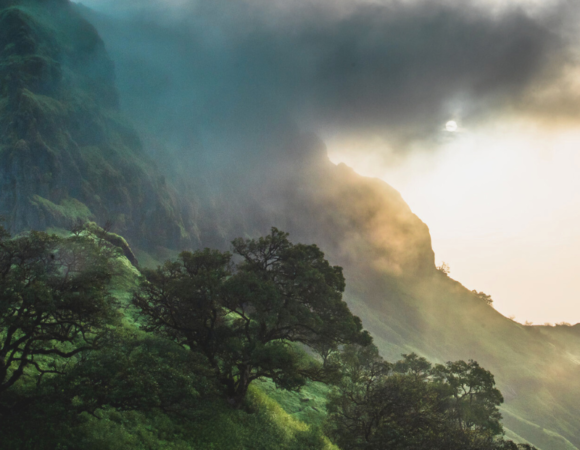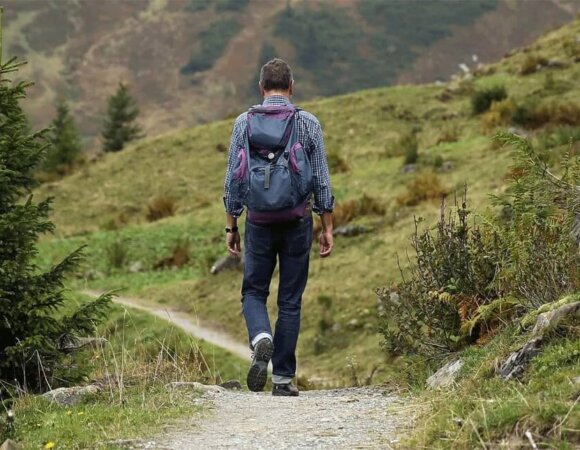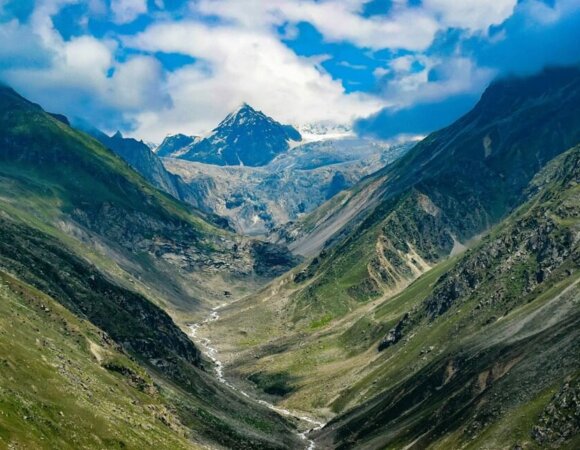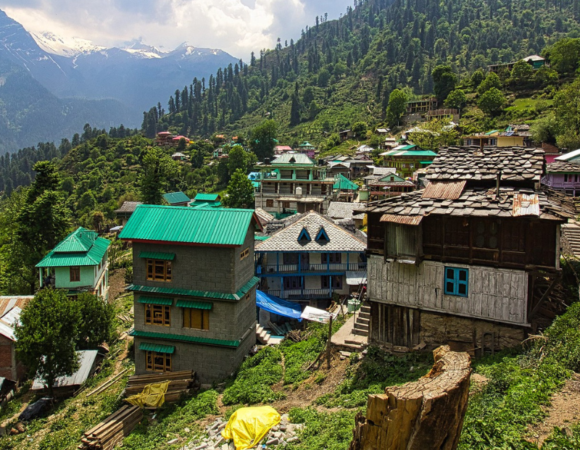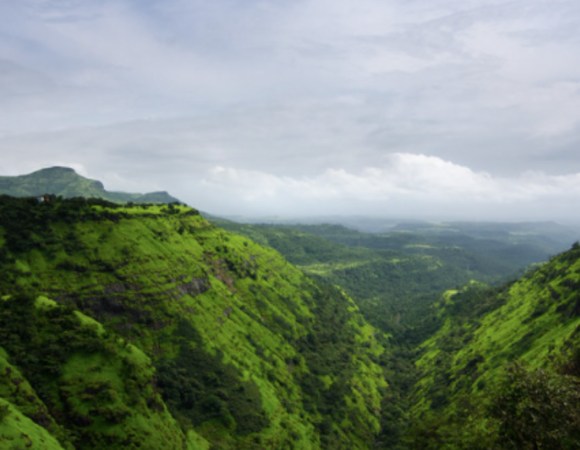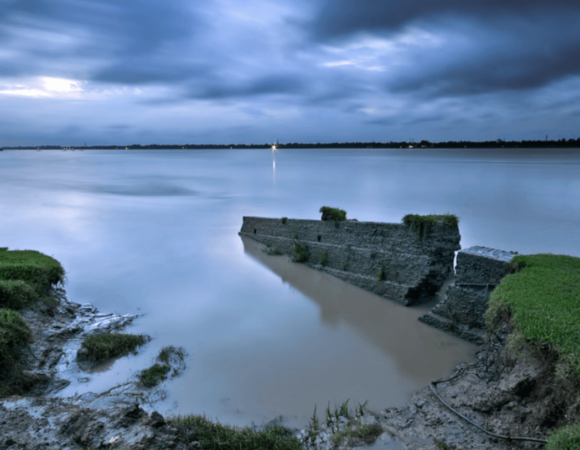Kanchenjunga Base Camp Trek Guide 2024: History, Highlights, Technicalities, Physical Fitness, and Itinerary
The Kanchenjunga Base Camp Trek is an awe-inspiring expedition that takes you to the base camp of Mount Kanchenjunga, the third-highest mountain in the world. Nestled in the eastern region of Nepal, near the border with India, this trek is a journey of grandeur and challenge. Trek immerses you in diverse landscapes that leave you breathless. The trail winds through lush green valleys, dense forests teeming with rhododendron and oak trees, cascading waterfalls, and picturesque alpine meadows.
Table of Contents
Toggle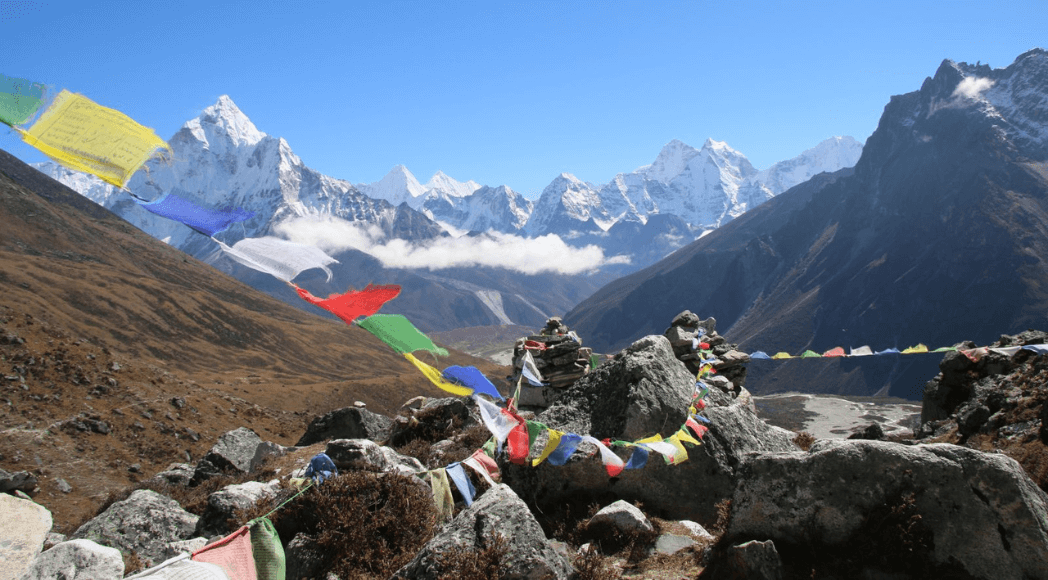
Beyond the natural splendor, the trek provides a unique cultural experience. You will encounter local communities such as the Rai, Limbu, Sherpa, and Gurung, each with its own vibrant traditions and warm hospitality. The Kanchenjunga region is also renowned for its biodiversity. Nature enthusiasts and wildlife lovers will have the opportunity to spot these magnificent creatures amidst the pristine surroundings.
History of Kanchenjunga Base Camp Trek
Here are some unforgettable and historic events:
- The first recorded ascent of Mount Kanchenjunga was made by a British expedition in 1955. The team was led by Charles Evans, and the climbers who successfully reached the summit were Joe Brown and George Band.
- The first female to successfully climb Mount Kanchenjunga was a British Mountaineer, Ginette Harrison on May 11, 1998
- The oldest person to have successfully climbed Mount Kanchenjunga is Carlos Soria Fontán, a Spanish mountaineer, who achieved this remarkable feat on May 19, 2014, at the age of 75.
- The youngest person to have successfully climbed Mount Kanchenjunga is Temba Tsheri Sherpa, a Nepali mountaineer, who achieved this remarkable feat on May 22, 2001, at the age of 16.
Keypoints for Kanchenjunga Base Camp Trek
| Total Distance | 90 km |
| Total Time | 11 days |
| Best Time to visit | Summer Season (May-June), monsoon season (July- Mid-September), and autumn season (Mid-September-Mid-October) |
| Base Camp | Suketar |
| Difficulty Level | Moderate-Difficult |
| Altitude | 5181.6 m / 17000 ft |
| Approx. cost (per adult) | 15000 – 25000(The cost can vary from this) |
Gallery for Kanchenjunga Base Camp Trek

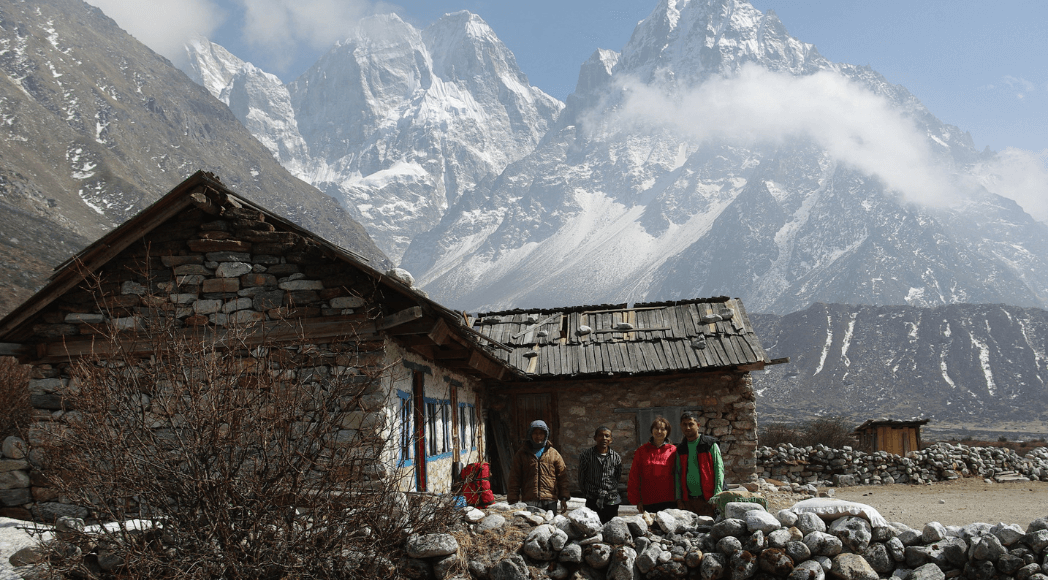

Highlights for Kanchenjunga Base Camp Trek
The Kanchenjunga Base Camp trek is a remarkable adventure that offers a range of highlights for trekkers:
- Spectacular Mountain Views: The Kanchenjunga Base Camp trek provides breathtaking views of Mount Kanchenjunga, the world’s third-highest peak, along with other stunning peaks in the region. The panoramic vistas of snow-capped mountains, including Kabru, Rathong, and Jannu, create a majestic backdrop throughout the trek.
- Pristine Natural Beauty: The Kanchenjunga region boasts pristine natural landscapes with diverse terrain. Trekking through verdant valleys, rhododendron forests, cascading waterfalls, and high-altitude meadows, you’ll be immersed in the captivating beauty of the Himalayas.
- Rich Biodiversity: The trek takes you through the Kanchenjunga Conservation Area, which is home to a wide range of flora and fauna. You may encounter rare and endangered species such as the snow leopard, red panda, musk deer, and numerous bird species, making it a paradise for wildlife enthusiasts and nature lovers.
- Cultural Immersion: Along the trek, you’ll have the opportunity to interact with local ethnic communities, including the Rai, Limbu, Sherpa, and Gurung people. Explore their traditional villages, observe their customs and traditions, and experience warm hospitality, providing a rich cultural experience.
- Remote and Off-the-Beaten-Path: The Kanchenjunga Base Camp trek offers a sense of seclusion and tranquility as it is relatively less crowded compared to other popular treks in Nepal. Trekking through remote and untouched landscapes, you’ll experience a true wilderness adventure in the Himalayas.
- Challenging and Adventurous: The trek presents physical and mental challenges, including steep ascents, descents, and crossing high passes, requiring a good level of fitness and endurance.
Technicalities for Kanchenjunga Base Camp Trek
- Altitude: Proper acclimatization and gradual ascent are essential to avoid altitude sickness and ensure a safe trek.
- Physical Fitness: The trek requires a good level of physical fitness and endurance due to long days of hiking, steep ascents, and challenging terrain. Prior training and conditioning, including cardiovascular exercises and strength training, are recommended.
- Permits and Regulations: Trekking in the Kanchenjunga region requires obtaining necessary permits, including a TIMS (Trekkers’ Information Management System) card and a Kanchenjunga Conservation Area Permit. These permits can be obtained through a registered trekking agency in Nepal.
- Accommodation: Accommodation along the trekking route is primarily in tea houses or basic lodges. These accommodations offer simple amenities such as a bed, shared bathrooms, and communal dining areas. Camping may be necessary for certain sections of the trek where tea houses are unavailable.
- Guided Trek: Due to the remote and challenging nature of the Kanchenjunga Base Camp trek, it is highly recommended to undertake the trek with an experienced and knowledgeable guide or through a reputable trekking agency. A guide can ensure safety, provide navigation assistance, and offer insights into the local culture and environment.
Physical Fitness for Kanchenjunga Base Camp Trek
Physical fitness is crucial for successfully completing the Kanchenjunga Base Camp trek. The trek involves long days of hiking, steep ascents and descents, and challenging terrain. Here are some key aspects of physical fitness to consider:
- Cardiovascular Endurance: Trekking in the Kanchenjunga region requires a good level of cardiovascular fitness. You will be walking for several hours each day, sometimes at high altitudes. Prior to the trek, engage in activities like brisk walking, jogging, cycling, or swimming.
- Strength and Muscular Endurance: Building strength and muscular endurance are important, as you will be carrying a backpack and tackling uneven terrain. Focus on exercises that target the lower body, such as lunges, squats, step-ups, and calf raises. Additionally, include upper body exercises like push-ups and shoulder presses to prepare for carrying your backpack.
- Stamina and Stamina Building: The Kanchenjunga Base Camp trek is a multi-day trek that requires stamina. Gradually increase the duration and intensity of your training sessions to build up your stamina. Long walks or hikes on weekends, incorporating elevation gain and varied terrain, can help stimulate the trekking conditions.
- Flexibility and Mobility: Flexibility and mobility are essential for maneuvering through different terrains and preventing injuries. Incorporate stretching exercises into your routine, paying particular attention to your legs, hips, back, and shoulders.
- Mental Preparedness: Alongside physical fitness, mental preparedness is vital. The trek can be physically and mentally challenging, so cultivate a positive mindset, determination, and resilience. Practice mental exercises like meditation or visualization to help maintain focus and motivation during the trek.
Before embarking on the Kanchenjunga Base Camp trek, consult with a healthcare professional to ensure you are physically fit for the journey.
Read more: Everest Base Camp
How to reach Kanchenjunga Base Camp Trek?
Fly to Bagdogra Airport: The nearest airport to Yuksom is Bagdogra Airport, located in the Indian state of West Bengal. You can fly to Bagdogra from major cities in India like Delhi, Kolkata, or Mumbai. From Bagdogra, you will need to proceed to Yuksom by road.
Travel to Yuksom by Road: From Bagdogra Airport, you can hire a private taxi or take a shared jeep or bus to reach Yuksom. The journey usually takes around 5-6 hours, covering a distance of approximately 150 kilometers. The road passes through picturesque towns like Jorethang and Legship before reaching Yuksom.
Itinerary for Kanchenjunga Base Camp Trek
Day 1: Arrival in Kathmandu, Nepal.
- Arrive in Kathmandu and transfer to your hotel.
- Attend a trek briefing, meet your guide, and make final preparations for the trek.
Day 2: Fly from Kathmandu to Bhadrapur and drive to Suketar (Taplejung)
Altitude – 1,740m/5,708ft
- Fly from Kathmandu to Bhadrapur.
- Upon arrival, drive to Suketar, the starting point of the trek.
Day 3: Trek from Suketar to Mitlung
Altitude – 921m/3,022ft
- Begin the trek from Suketar, descending through lush forests and small villages.
- Pass through Phurumbu and descend to Mitlung.
Day 4: Trek from Mitlung to Chirwa
Altitude – 1,270m/4,166ft
- Continue the trek along the Tamur River, passing through forests and terraced fields.
- Cross a suspension bridge and reach Chirwa, a small village.
Day 5: Trek from Chirwa to Sekathum
Altitude – 1,660m/5,446ft
- Trek through beautiful landscapes, crossing several small villages and suspension bridges.
- Pass through Tapethok and reach Sekathum, a small settlement on the banks of the Tamur River.
Day 6: Trek from Sekathum to Amjilosa
Altitude – 2,308m/7,572ft
- Trek through dense forests, crossing several streams and waterfalls.
- Ascend gradually and reach the village of Amjilosa.
Day 7: Trek from Amjilosa to Gyabla
Altitude – 2,730m/8,956ft
- Continue the trek along the Ghunsa River, passing through rhododendron forests.
- Enjoy scenic views of waterfalls and snow-capped peaks.
- Reach Gyabla, a small Tibetan settlement.
Day 8: Trek from Gyabla to Ghunsa
Altitude – 3,595m/11,794ft
- Trek along the river, ascending gradually towards the village of Ghunsa.
- Pass through beautiful landscapes and traditional houses.
- Reach Ghunsa, a Tibetan village with prayer flags and monasteries.
Day 9: Trek from Ghunsa to Kambachen
Altitude – 4,050m/13,287ft
- Trek through alpine forests and cross landslide-prone areas.
- Ascend steadily towards Kambachen, a remote village.
- Enjoy magnificent views of the surrounding peaks.
Day 10: Trek from Kambachen to Lhonak and back to Ghunsa.
Altitude – 4,780m/15,682ft
- Trek to Lhonak, passing through moraines and rocky terrain.
- Enjoy breathtaking views of the Kanchenjunga massif.
- Return to Ghunsa for an overnight stay.
Day 11: Trek from Ghunsa to Suketar and fly back to Kathmandu.
- Descend from Ghunsa to Suketar, retracing your steps.
- Bid farewell to the mountains and fly back to Kathmandu from Suketar.
- Transfer to your hotel in Kathmandu.
Final Thoughts for Kanchenjunga Base Camp Trek
The Kanchenjunga Base Camp trek is a remarkable adventure that takes you into the heart of the majestic Himalayas. It offers a mesmerizing blend of breathtaking mountain vistas, remote landscapes, and cultural immersion. The journey is challenging but rewarding, allowing you to witness the natural beauty of the Kanchenjunga region and experience the warmth of local communities. From lush forests to high alpine meadows, from serene villages to rugged mountain passes, the trek is a test of physical endurance and a feast for the senses. The Kanchenjunga Base Camp trek is a truly unforgettable experience that will leave you with memories to cherish for a lifetime.
Frequently Asked Questions FAQs for Kanchenjunga Base Camp Trek
What is the height of Mt. Kanchenjunga?
The majestic Mount Kanchenjunga stands tall at an impressive height of 8,586 meters (28,169 feet) above sea level. It is the third-highest mountain in the world, surpassed only by Mount Everest and K2. Its soaring peaks and icy ridges make it a formidable and awe-inspiring presence in the eastern Himalayas.
What is the altitude of Kanchenjunga Base Camp?
The altitude of the Kanchenjunga Base Camp varies depending on the route and the specific campsite chosen by trekkers. There are two main base camps for Mount Kanchenjunga: the North Base Camp 5,143 meters (16,873 feet) and the South Base Camp 4,730 meters (15,518 feet). Both base camps offer breathtaking panoramas of the surrounding mountains, glaciers, and pristine landscapes, creating unforgettable memories for those who venture there.
Who was the first person to summit Mt. Kanchenjunga?
The first person to summit Mount Kanchenjunga was George Band, A British mountaineer with determination so grand. On May 25, 1955, he stood on its lofty peak, Conquering the third-highest mountain with techniques unique.
How long is Kanchenjunga Base Camp Trek?
The Kanchenjunga Base Camp Trek is a challenging and immersive journey that spans a considerable distance. The total length of the trek varies depending on the specific route taken and the side of the mountain chosen for the base camp. On average, the complete trek can range from 19 to 24 days, covering a distance of approximately 140 to 170 kilometers (87 to 106 miles).
What is the best season to do Kanchenjunga Base Camp Trek?
The best seasons to do Kanchenjunga Base Camp Trek are the summer season (May – June), monsoon season (July- Mid-September), and autumn season (Mid-September-Mid-October).
Where is Mt. Kanchenjunga located?
Mount Kanchenjunga is located in the eastern part of Nepal, near the border with India’s state of Sikkim. It stands proudly in the stunning landscapes of the Himalayas.
What is the difficulty level of the Kanchenjunga Base Camp Trek?
The Kanchenjunga Base Camp Trek is considered a challenging and demanding trek, With high altitudes and rugged terrain, it requires strength and resilience to trek. Steep ascents, long hiking days, and remote conditions make it physically and mentally tough, But the reward of witnessing the majestic Kanchenjunga and pristine landscapes is more than enough.
What is the Kanchenjunga Base Camp?
Ah, my friend, the Kanchenjunga Base Camp is a magical place nestled at the foot of the mighty Kanchenjunga mountain. It’s a starting point for those who wish to trek and witness the breathtaking beauty of this Himalayan giant.
How do I reach the Kanchenjunga Base Camp?
To reach the base camp, you must embark on a thrilling journey through remote villages, lush forests, and rugged terrains. The adventure begins in the town of Taplejung, and as you trek, you will pass through enchanting landscapes and encounter the warm-hearted people of the region.
What can I expect to see along the way?
As you venture towards the Kanchenjunga Base Camp, prepare yourself for a visual feast! The trail will lead you through pristine rhododendron forests, emerald-green meadows, and cascading waterfalls. You’ll also come across traditional Sherpa villages, where you can experience their unique culture and hospitality.
How long does it take to trek to the Kanchenjunga Base Camp?
Ah, my friend, patience is key! The trek to Kanchenjunga Base Camp is a journey that requires time and perseverance. Typically, it takes around 18 to 20 days to complete the entire trek, allowing you to savor each moment and acclimatize to the high altitudes gradually.
Is Kanchenjunga Base Camp a challenging trek?
Indeed, the Kanchenjunga Base Camp trek is not for the faint of heart! The trail takes you to elevations above 5,000 meters (16,400 feet), and the terrain can be steep and rugged. But fear not, for with the right preparation, a determined spirit, and the guidance of experienced guides, you can conquer this challenge.
What is the best time to trek to the Kanchenjunga Base Camp?
The mountain gods favor those who choose the right time, my friend. The best seasons to trek to the Kanchenjunga Base Camp are spring (March to May) and autumn (September to November). During these times, the weather is usually clear, and the mountain views are at their most splendid.
Can I see Kanchenjunga from the base camp?
Alas, my friend, the base camp itself does not offer a direct view of Kanchenjunga. However, as you trek along the trail, there will be several vantage points where the majestic peak reveals itself, casting a spell of awe and wonder upon you.
Are there tea houses or lodges along the trek?
Indeed, weary travelers can find solace in the cozy tea houses and lodges scattered along the trail. These charming establishments provide a warm bed, nourishing meals, and a chance to bond with fellow trekkers, sharing tales of adventure by the crackling fire.
Do I need a special permit for the trek?
Yes, my friend, to embark on this extraordinary journey, you will need special permits. The trek falls within a restricted area, so you must obtain both the Kanchenjunga Conservation Area Permit (KCAP) and the Restricted Area Permit (RAP). These permits can be arranged through authorized travel agencies.
Is the Kanchenjunga Base Camp trek worth it?
Ah, my friend, that is a question only your heart can answer. If you seek adventure, serenity, and a deep connection with nature, then the Kanchenjunga Base Camp trek is most certainly worth it. The memories forged, the friendships made, and the indescribable beauty you’ll witness will stay with you forever.

